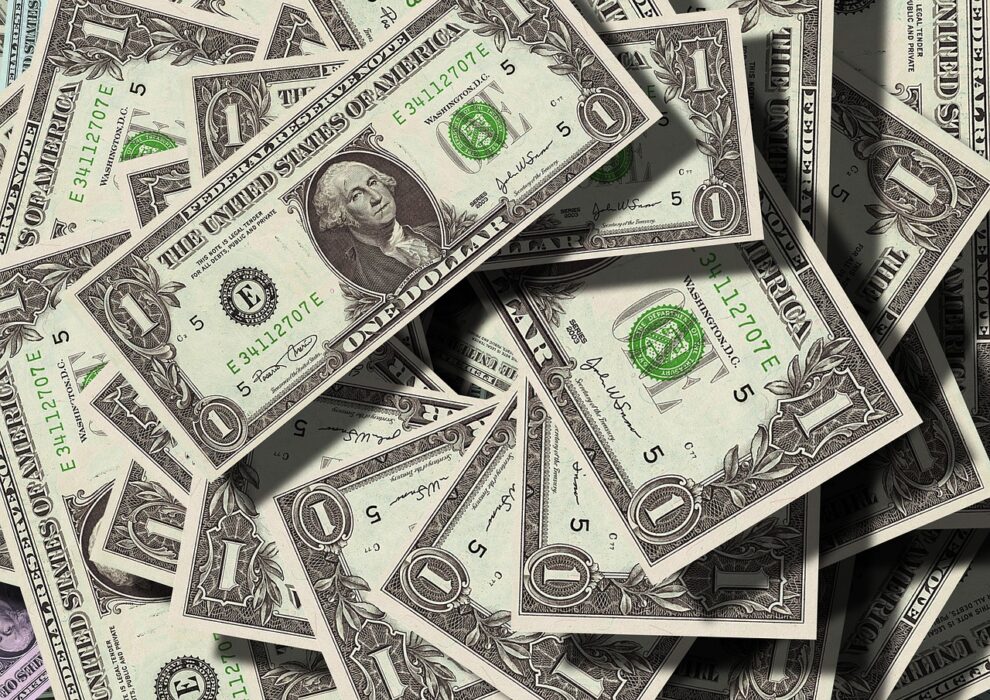Consumer inflation in the United States nudged down only slightly in April, the Labor Department said on Wednesday, despite strong efforts to cool the economy and rein in price increases.
The latest figures signal that price pressures remain, although they mark a step in the right direction and the smallest annual rise in two years.
Inflation remains well above pre-pandemic levels, and analysts are closely eyeing the numbers as the Federal Reserve mulls the need for further interest rate hikes and how long to keep policy restrictive.
The consumer price index (CPI), a key inflation gauge, rose 4.9 percent from a year ago, just a touch lower than March’s 5.0 percent figure.
“The index for shelter was the largest contributor to the monthly all items increase, followed by increases in the index for used cars and trucks and the index for gasoline,” said the Labor Department in a statement.
“With today’s report, annual inflation has come down 45 percent since last summer,” said White House Press Secretary Karine Jean-Pierre in a statement.
“The annual inflation rate has now come down 10 months in a row at a time when our economy and job market are strong, with the unemployment rate at its lowest level in more than 50 years,” she said.
– ‘Encouraging’ signs –
On a monthly basis, overall CPI rose 0.4 percent in April, picking up from a 0.1 percent rise in March.
Excluding the volatile food and energy segments, consumer inflation jumped 0.4 percent in April from a month ago, as it did in March.
Although higher gasoline prices boosted the CPI figure, Pantheon Macroeconomics chief economist Ian Shepherdson expects “this will more than reverse in May.”
Used vehicle prices spiked as well, though he added that this too is “unlikely to continue.”
Prices remain elevated from pre-Covid levels and customers’ ability to pay now is “constrained by much higher interest rates and tighter lending standards for auto loans,” Shepherdson said.
There are “encouraging” signs elsewhere, with rent inflation expected to come down and airline fares anticipated to keep falling too, he said.
– Long road –
But economist Oren Klachkin of Oxford Economics said it would be a “long road” back to the Fed’s two percent inflation goal.
“We expect to receive more encouraging news on the inflation front as the economy cools though we won’t reach the Fed’s two percent inflation target for quite some time,” he added in a note.
The inflation numbers come shortly after the Fed announced a tenth consecutive rate hike aimed at tackling price increases this month, while signaling it will be data-dependent in making future decisions.
But more than a year after the central bank started its campaign of rate increases, inflation is stubbornly high.
Compared with a year ago, the index for food remains 7.7 percent higher although that for energy slipped 5.1 percent, the Labor Department said.
“While inflation rates remain persistently elevated, the modest slowing provides the Fed room to pause its rate hikes,” said Kathy Bostjancic, chief economist at Nationwide.
The Fed has left the door open to a possible halt in further rate hikes, though it remains to be seen if the world’s biggest economy has cooled sufficiently for policymakers.
In April, hiring in the United States picked up pace while unemployment remained low, although analysts pointed to a longer-term downward trend.
“Policymakers are caught in a difficult balancing act,” said Klachkin.
But credit conditions are tightening amid pressure on the banking sector after several regional lenders collapsed, which could also slow the economy, reducing the need for further interest rate hikes.
